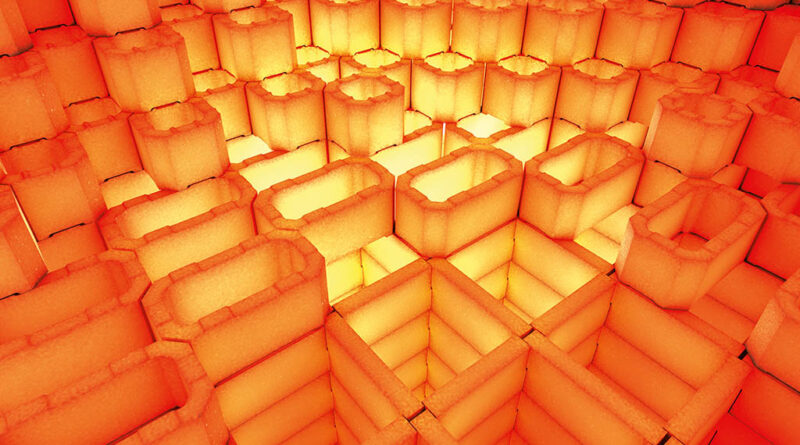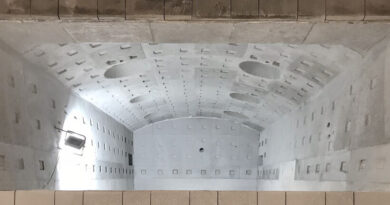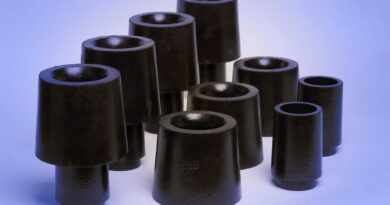Precast refractory shapes, their benefits and applications
Precast refractory shapes are prefabricated forms made from refractory materials that are designed to be used in high-temperature applications such as furnaces, kilns, and incinerators. They are manufactured in a controlled environment, typically in a factory, and then transported to the installation site for use. The shapes can be customized to meet specific design requirements and are available in a wide range of sizes and shapes, including bricks, tiles, tubes, crucibles, and other specialized shapes.
Benefits of precast refractory shapes:
Consistency and quality: Precast refractory shapes are manufactured in a controlled environment using specialized equipment, which ensures consistent quality and performance. This reduces the risk of defects and inconsistencies that can occur with traditional cast-in-place refractories.
Reduced installation time: Precast refractory shapes are pre-made, which significantly reduces installation time compared to cast-in-place refractories. This can lead to reduced downtime and increased productivity.
Improved performance: Precast refractory shapes are designed and engineered to meet specific performance requirements, such as high-temperature resistance, chemical resistance, and thermal shock resistance. This leads to improved performance and longer service life.
APPLICATIONS OF PRECAST REFRACTORY SHAPES:
- Furnaces and kilns: Precast refractory shapes are commonly used in the construction of furnaces and kilns in industries such as steel, aluminum, cement, and glass. These shapes are used to line the walls, floors, and roofs of the furnace, providing thermal insulation and protection against high temperatures and chemical corrosion.
- Incinerators: Precast refractory shapes are also used in the construction of incinerators, which are used to dispose of waste materials by burning them at high temperatures. These shapes are used to line the walls and floors of the incinerator, providing thermal insulation and protection against chemical corrosion.
- Petrochemical industry: Precast refractory shapes are used in various applications in the petrochemical industry, including in the construction of catalytic cracking units, fluidized bed reactors, and other high-temperature process equipment.
- Power generation: Precast refractory shapes are also used in power generation applications, such as in the construction of boilers and chimneys. These shapes are used to line the walls and floors of the boiler, providing thermal insulation and protection against high temperatures and chemical corrosion.
Precast shapes offer the added benefit of ease of installation and shortened repair times. Manufactured off-site under controlled conditions and dry-out at our production facilities, and stringent quality control measures, ensuring the manufacture of accurate moulds and final casting of special shapes to ensure enhanced product service life:
- Consistent and controlled manufacturing process.
- Unique purpose-developed materials and shapes for each application.
- Work done off-site resulting in minimum interface with production.
- Areas of higher wear can be engineered with optimal refractory materials.
- Easier slag or dross removal due to lower porosity.
- Less downtime due to quicker installation and heat-up times are minimized.
- Shapes from 1 kg to 9 metric tons, resulting in fewer joints and faster installation.
In summary, precast refractory shapes offer many benefits over traditional cast-in-place refractories, including consistency and quality, reduced installation time, and improved performance. They are used in a wide range of high-temperature applications, including furnaces, kilns, incinerators, and various industrial processes.



